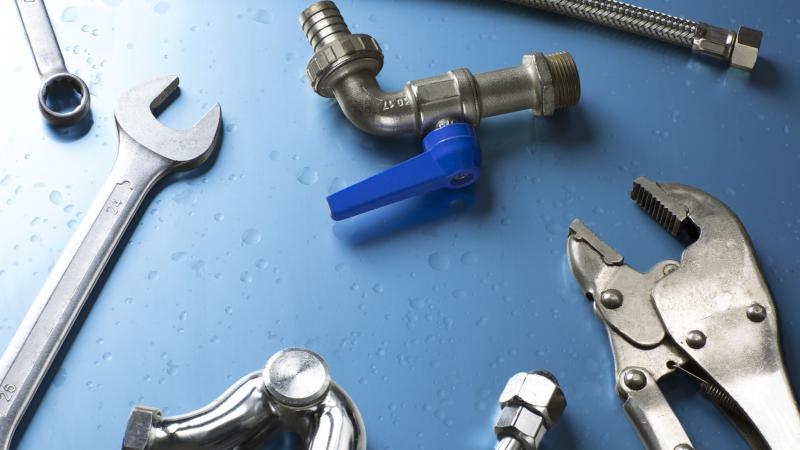(352) 817-7647
24 Hour Emergency Service Available
All Major Credit Cards Accepted
All Major Credit Cards Accepted

In an ideal world, we would walk into our kitchen, turn on the faucet, trust the liquid flowing out of it and drink pure, clean water until our heart’s content. Sadly, however, a perfect world is not here yet. We trust our state and local governments to provide us with safe, potable drinking water, but is that really what we’re getting?
The truth is, we cannot just sit back and casually expect safety in our drinking water unless we fully confirm its safety for ourselves. Whether our drinking water from a private or municipal source, the responsibility of ensuring our water’s safety lies with us.
Testing the pH of your water is crucial to maintaining its safety. If your water’s pH level is too low or too high, lead and copper corrosion can contaminate your household plumbing. The safest pH measure for drinking water should be no lower than 6.5 and no higher than 8.5.
At a bare minimum, your water should be tested once a year for coliform bacteria and nitrates since there are serious health risks associated with these contaminants.
Strong chlorine taste or smell, metallic taste, rotten egg smell, or other noticeable tastes or smells are indicative of water that needs to be purified. The value of healthy, safe water for drinking and bathing cannot be stressed enough. We know that the human body can survive for up to three weeks without food, but we’ll only live up to three days without water!
Wednesday, December 19, 2018
254 words
1 minute, 16 seconds reading time